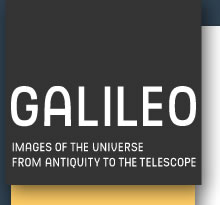


The 17th century saw the birth of a new kind of institutional research organization: the astronomical observatory. Housed in buildings erected for the purpose, observatories were equipped with expensive and very advanced instruments manufactured by highly skilled experts. Moreover, they were run by the leading astronomers of the day. These new institutions were sponsored and maintained by Europe's greatest monarchs, who set them goals reflecting the national interest. They were enjoined to discover effective methods of determining longitude, to accurately establish the country's borders, to develop accurate ways of measuring time and so on. The first great public observatory was built in Paris in 1667, by order of Louis XIV. It was placed in the capable hands of Giovan Domenico Cassini, who devised a series of ambitious research programs. A second great observatory was built in Greenwich in 1675, by order of Charles II of England. Its director for many years was John Flamsteed, who promoted a new star catalogue that achieved unprecedented levels of accuracy. Private observatories flourished too, the most emblematic example being the observatory that Hevelius, one of the pioneers in astronomical observation, built on the roof of his home in Gdansk in the 1640's, fitting it out with remarkably advanced instrumentation.